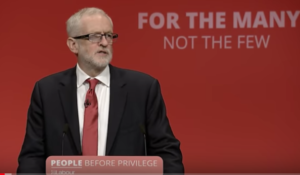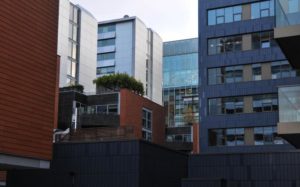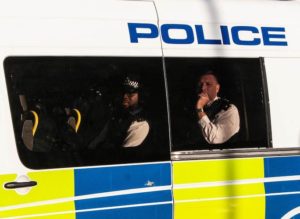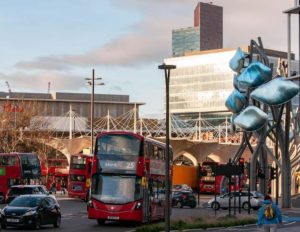Oxford Street may be the world’s longest high street and arguably its busiest, but London’s high streets overall share many of the problems faced by their counterparts across the country. That was the message from experts quizzed this week by the London Assembly’s economy committee, investigating the challenges faced by the capital’s 600 high streets, which make up 20 per cent of high streets in the UK.
While the designation covered international retail centres including the West End and Oxford Street, many London high streets, particularly in Outer London, demonstrated characteristics “more akin to those in towns and smaller cities outside the capital,” City Hall regeneration chief Patrick Dubeck told Assembly Members. “In London there are places that are suffering from the same sort of effects.”
The picture was confirmed by representatives from the Federation of Small Businesses (FSB) and the British Retail Consortium (BRC). “The last five years have seen things get harder,” said the FSB’s Matthew Jaffa. Businesses faced the challenges of rising rents, the switch to online shopping, transport and parking problems and particularly business rate costs.
Retail made up five per cent of the UK economy but paid 25 per cent of business rates, said BRC’s Dominic Curran. “Without reforming rates you are not going to be tackling the problems the high street is facing.”
And while high street vacancy rates were lower overall in London than elsewhere – eight per cent on average against 12 per cent outside the capital – that figure masked wide variations, added Dubeck. Vacancy rates were three per cent in Oxford Street but 20 per cent in Croydon, while Kingston had seen a 15 per cent drop in retail employment in the past five years.
High streets remained significant though, providing half the capital’s jobs outside the “Central Activities Zone” of business, retail, cultural and governmental functions.
Charity shops were bucking the trend, said Robin Osterley, chief executive of the Charity Retail Association, with 3.8 per cent “like for like” growth at Christmas compared to the previous year. The capital’s thousand charity shops were an antidote to the “monoculture” of many high streets, he said. “People shop in charity shops because they want to, because they are giving people what they want”.
And the challenge of online shopping could be overstated, said Curran, with household high street names making up eight of the top 10 online retailers and the sector increasingly embracing “multi-channel” operations.
Nevertheless more retail outlets were closing than opening, and latest government figures showed retail making up just 20 per cent of the high street mix, said Dubeck.
But London’s high streets remained “incredibly important resources” for the city, he added, citing City Hall’s 2017 report, High Streets for All, commissioned by Mayor Khan, which assessed their social and environmental value for Londoners as well as their economic significance.
The report highlighted the varied roles of the high street, promoting employment and economic opportunities and providing social spaces and services as well as shops, along with the need for consistent support to manage change.
A new City Hall strategy with guidance on tailoring local policies to support London’s high streets, following up on the 2017 report, was due shortly, he said, while the Mayor’s good growth fund was providing £70 million capital funding for local improvements, including on the high street, alongside other support such as the London growth hub’s technology for business service.
London nevertheless remained “hostage to central government in terms of funding,” he added, while Tory group leader Susan Hall, reminding the committee of Khan’s pledge to be the “most business-friendly Mayor ever”, urged more action, particularly to support Outer London high streets.
Photograph of Whitechapel Road and High Street by Omar Jan.
OnLondon.co.uk exists to provide fair and thorough coverage of London’s politics, development and culture. It depends on donations, including from readers. Can you spare £5 a month (or more) to help the site keep going and growing? If so, follow this link. Thank you.









